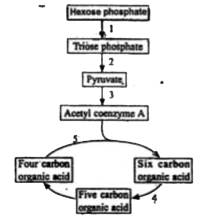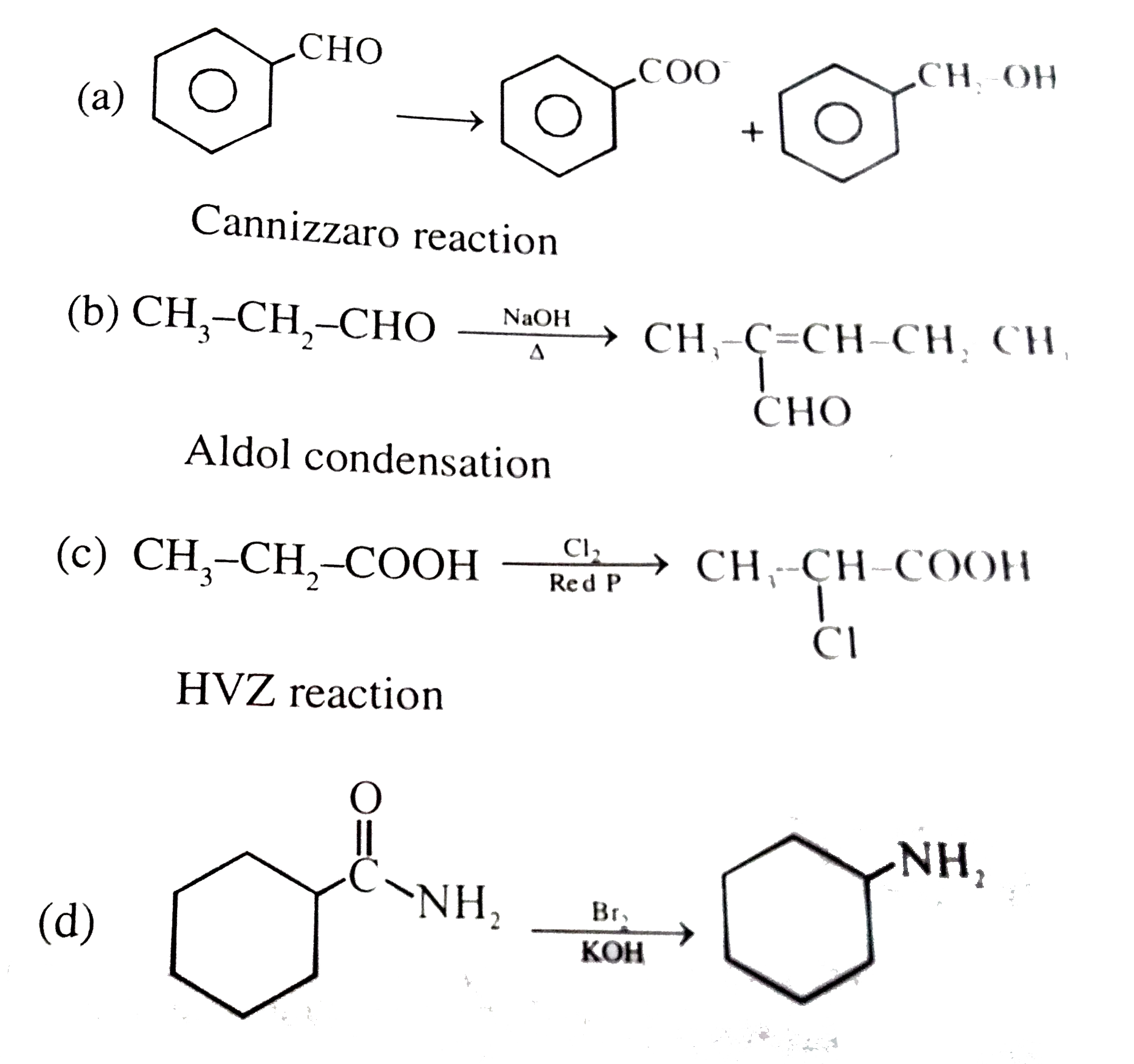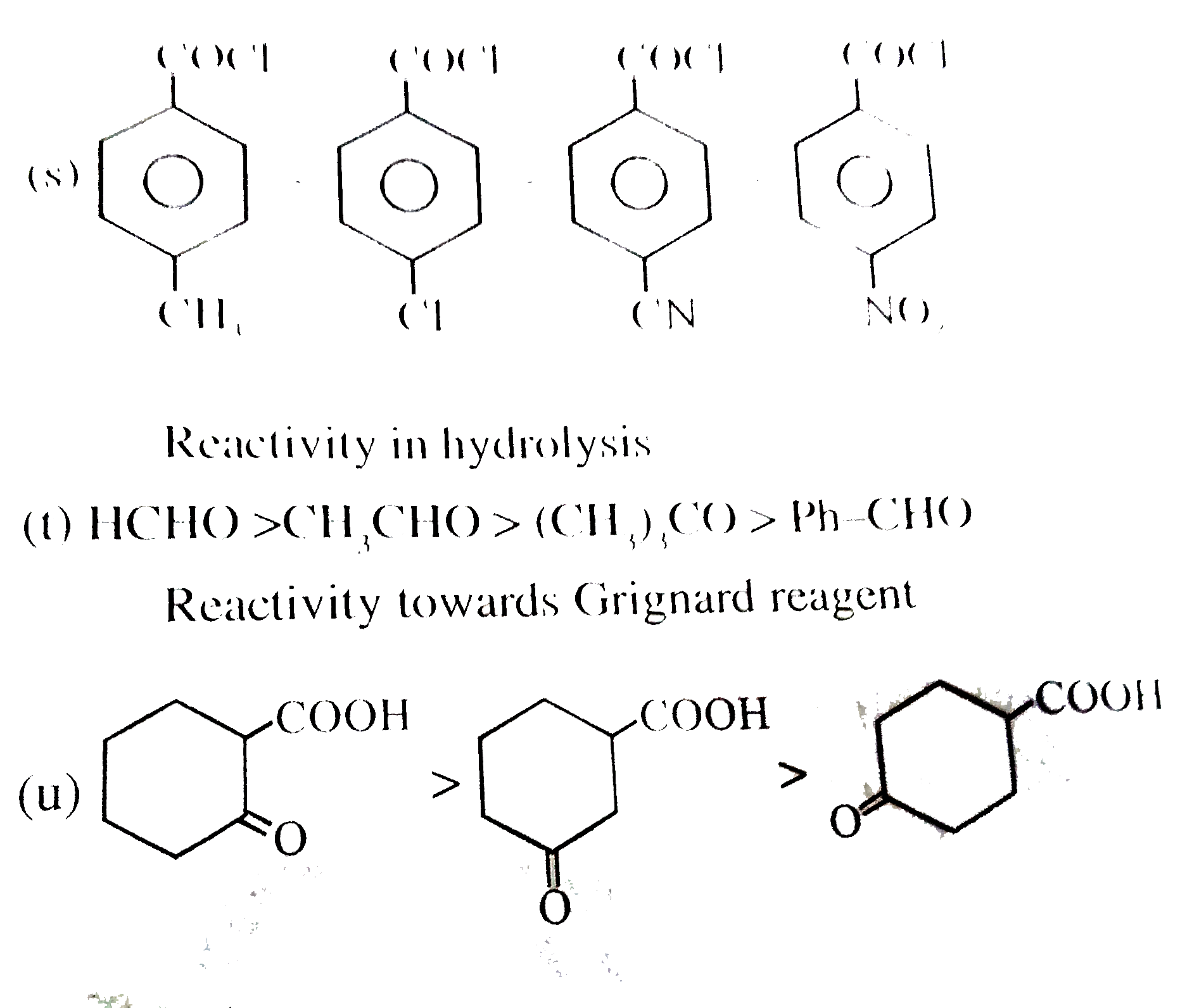Which of the following is the site for oxidative decarboxylation?
Cytosol
Outer membrane of mitochondria
Matrix of mitochondria
Both (A) and (C)
The correct Answer is:C
To determine the site for oxidative decarboxylation, we can follow these steps:
Step 1: Understand Oxidative Decarboxylation
Oxidative decarboxylation is a biochemical process that connects glycolysis to the citric acid cycle (Krebs cycle). It involves the conversion of pyruvate (produced from glycolysis) into acetyl-CoA, with the release of carbon dioxide (CO2).
Step 2: Identify the Reactants and Products
In this process, pyruvate (or pyruvic acid) is oxidized, leading to the formation of acetyl-CoA and the release of CO2. Additionally, NAD+ is reduced to NADH during this reaction.
Step 3: Locate the Enzyme Involved
The enzyme responsible for this reaction is called Pyruvate Dehydrogenase. This enzyme catalyzes the conversion of pyruvate to acetyl-CoA.
Step 4: Determine the Location of the Reaction
The oxidative decarboxylation of pyruvate occurs in the mitochondria. More specifically, it takes place in the mitochondrial matrix, which is the innermost compartment of the mitochondria.
Step 5: Analyze the Options
Given the options:
- Cytosol
- Outer membrane of mitochondria
- Matrix of mitochondria
- Both A and B
The correct answer is the matrix of mitochondria, as this is where the oxidative decarboxylation process occurs.
Final Answer
The site for oxidative decarboxylation is the matrix of mitochondria.
---
Oxidative decarboxylation is a biochemical process that connects glycolysis to the citric acid cycle (Krebs cycle). It involves the conversion of pyruvate (produced from glycolysis) into acetyl-CoA, with the release of carbon dioxide (CO2).
In this process, pyruvate (or pyruvic acid) is oxidized, leading to the formation of acetyl-CoA and the release of CO2. Additionally, NAD+ is reduced to NADH during this reaction.
The enzyme responsible for this reaction is called Pyruvate Dehydrogenase. This enzyme catalyzes the conversion of pyruvate to acetyl-CoA.
The oxidative decarboxylation of pyruvate occurs in the mitochondria. More specifically, it takes place in the mitochondrial matrix, which is the innermost compartment of the mitochondria.
Given the options:
- Cytosol
- Outer membrane of mitochondria
- Matrix of mitochondria
- Both A and B
The site for oxidative decarboxylation is the matrix of mitochondria.
Topper's Solved these Questions
Similar Questions
Knowledge Check
Given flow chart shows some of the stages in respiration.

During which of the following stages does oxidative decarboxylation occur?A1 and 3B2 and 3C3 and 4D4 and 5Which of the following is the correct order of decarboxylation of β-keto carboxylate anion?
 Aa>b>c>dBc>d>a>bCc>d>b>aDd>c>a>b
Aa>b>c>dBc>d>a>bCc>d>b>aDd>c>a>bWhich of the following is not a substrate for decarboxylation?
APyruvateBCitrateCAlpha-keto-glutarateDWill not change
Which of the following is correct order :


Rate of decarboxylation
View SolutionWhich of the following reactions does not involve decarboxylation?
View SolutionWhich of the following is the site of lipid synthesis
View SolutionIn order to get propáne gas, which of the following should be subjected to sodalime decarboxylation?
View SolutionIn order to get propane gas, which of the following should be subjected to sodalime decarboxylation?
View Solution